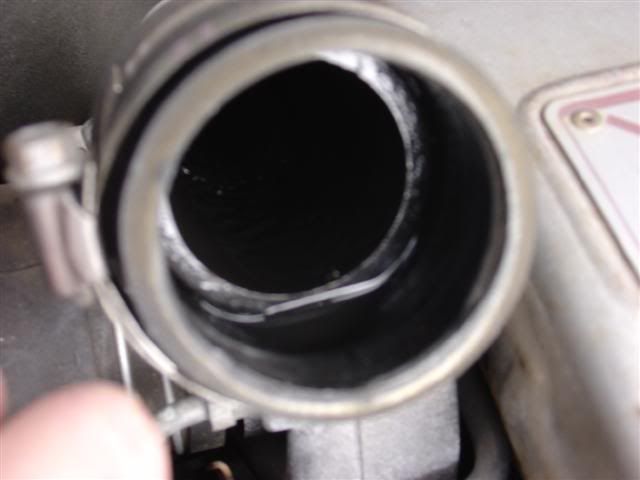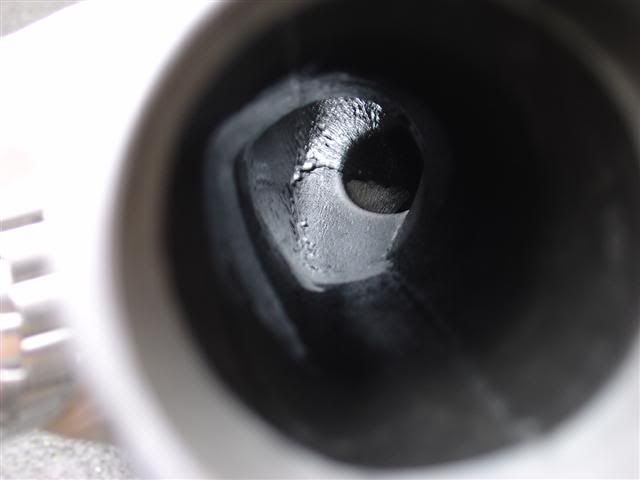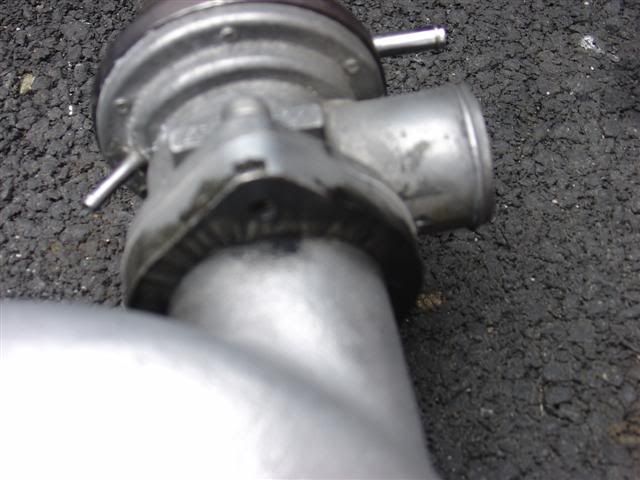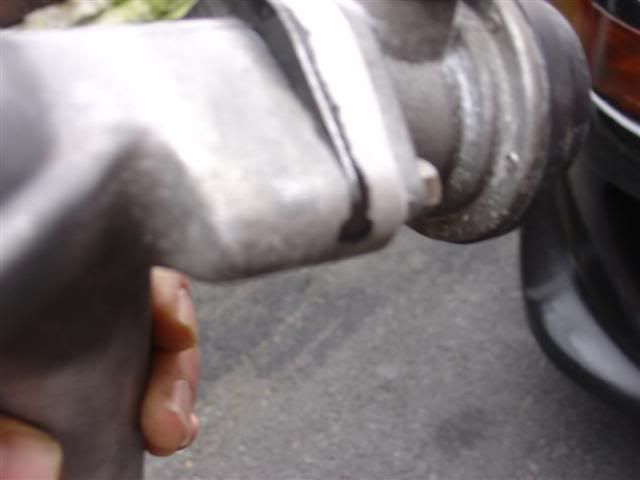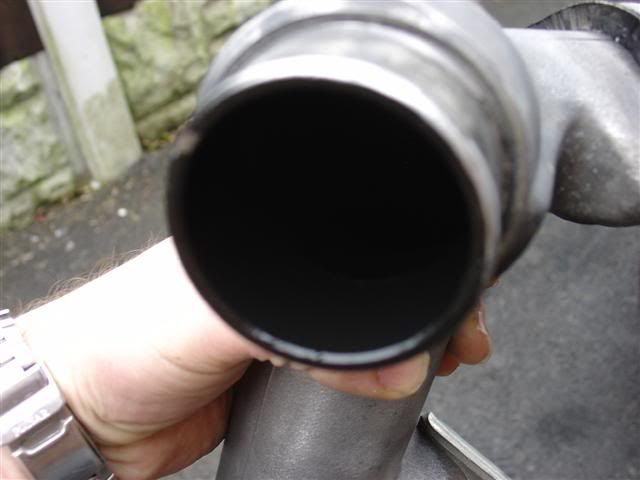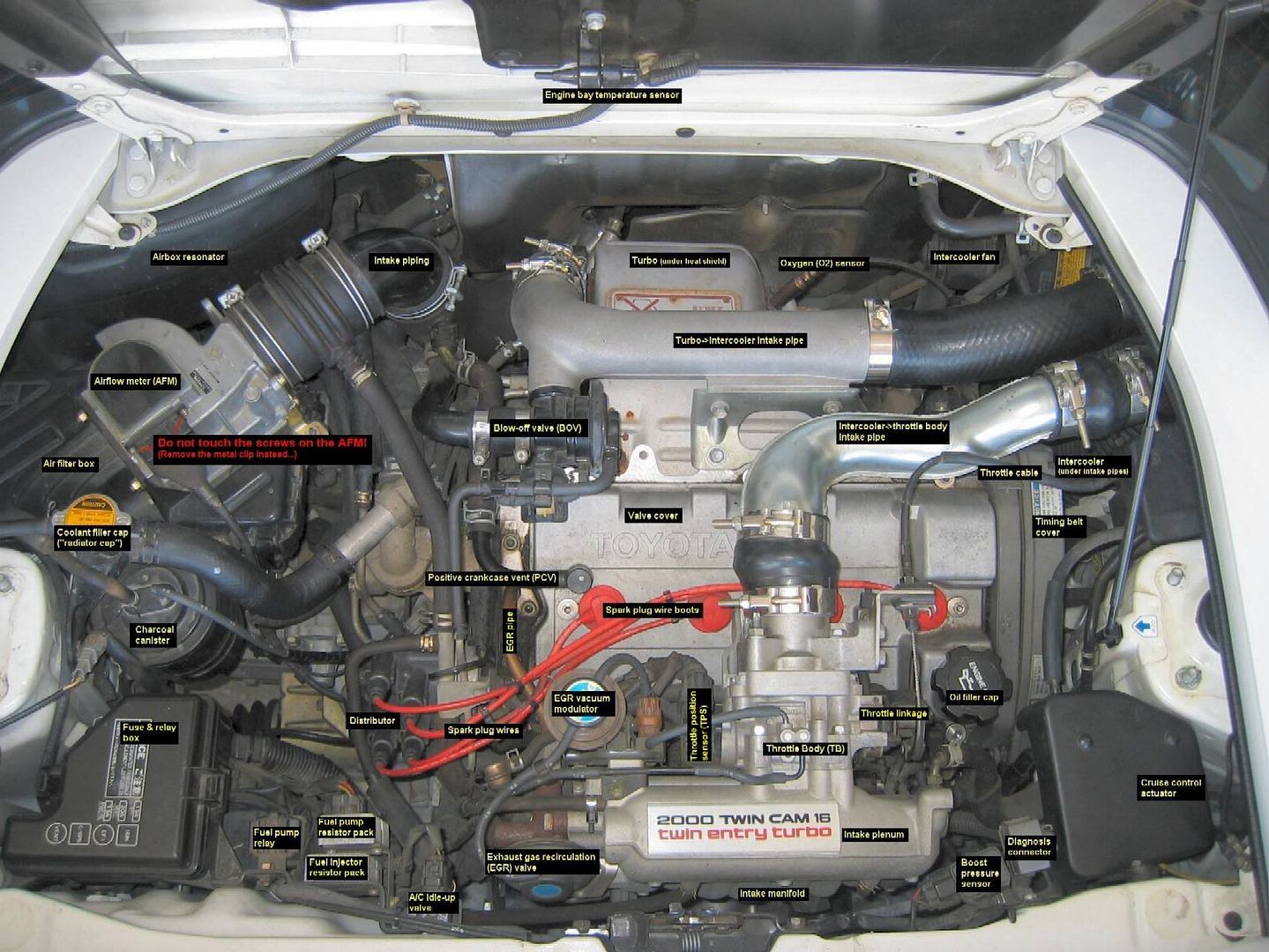If you check the hose going to the compressor.

.

you'll probably find the route of the problem.


Looking at the colour of the inside of the pipes.

.

.

its crankcase vent.

.

.

if it was the turbo.

.

it would be fresh oil being pushed through.


Basically the vent from the cam cover goes to the intake pipe of the compressor.

.

when the turbo spools up, it pulls outside air through and the gasses formed internally of the engine

( gas blow by etc

).


Its this vacuum created in the compressor intake pipe that allows oil particles to be pulled through.


In a nut shell.

.

.


if you plug the intake pipe and vent the PCV vent from the cam cover to atmosphere, then fouling of the internals should be drastically reduced.


Thats the cheapest method, the other option is to fit a Oil catch can in that loop.

.

.

its simply a Pee trap in that very pipe.


If the oil fouling is still there, then it'll be the compressor on the turbo passing slightly.


Not a major concern, you just need to keep a check on the oil level.


The turbochargers work on a thrust bearing principal.

.

.

it relys on the turbo shaft

"floating" on a collar bearing

.

.

.

because of this, its normal for oil to be pulled through to the intake.


hth



ps.


Is that dump valve a PITA at high engine loads when backing off slightly.

.

.

engine buck about

= uncalculated air being drawn in

- drawbacks of fitting a atmospheric DV on a air flow derived efi system.

